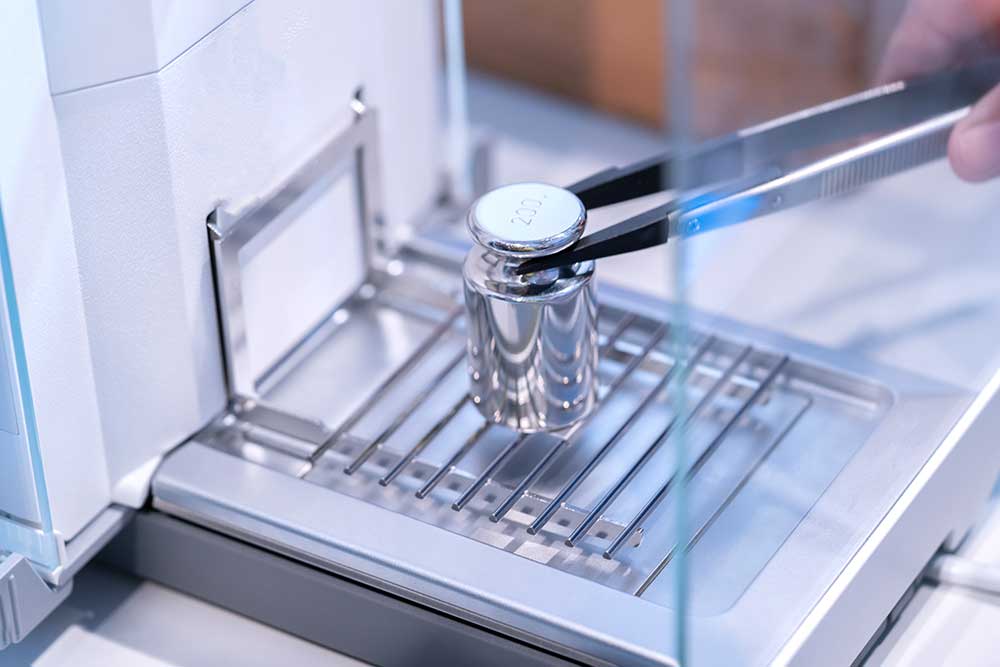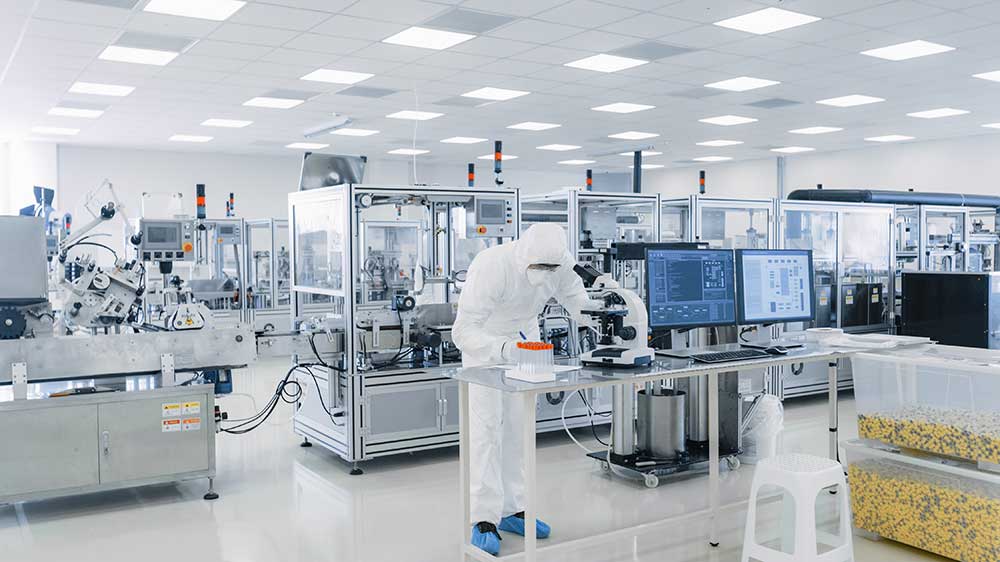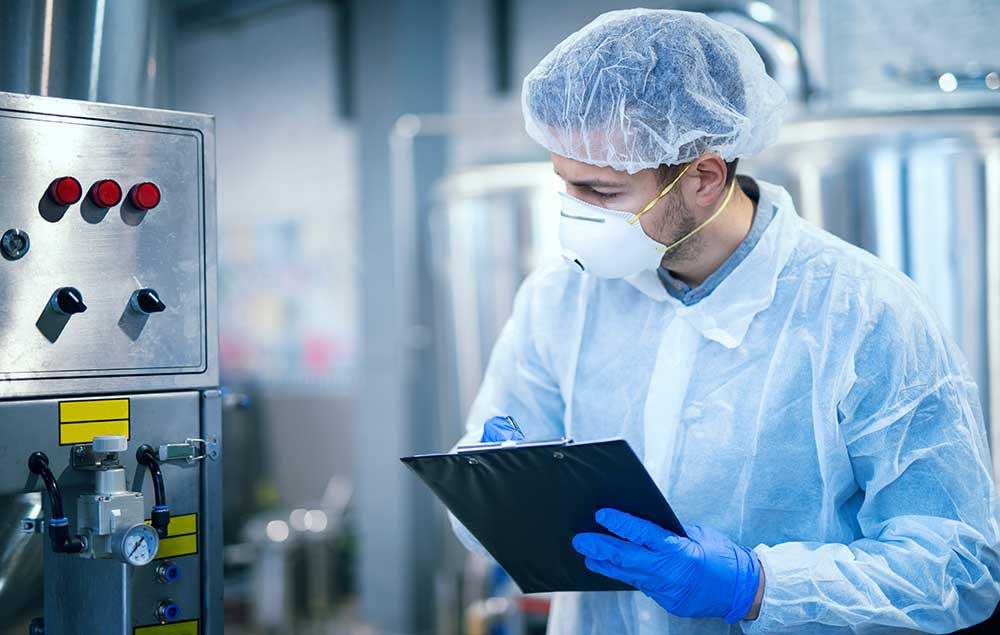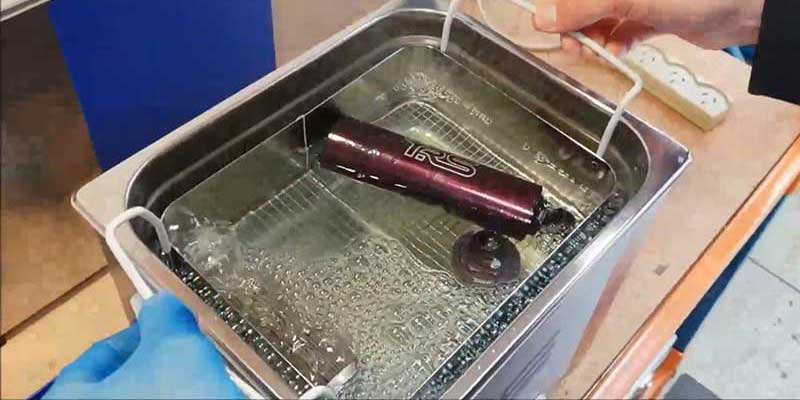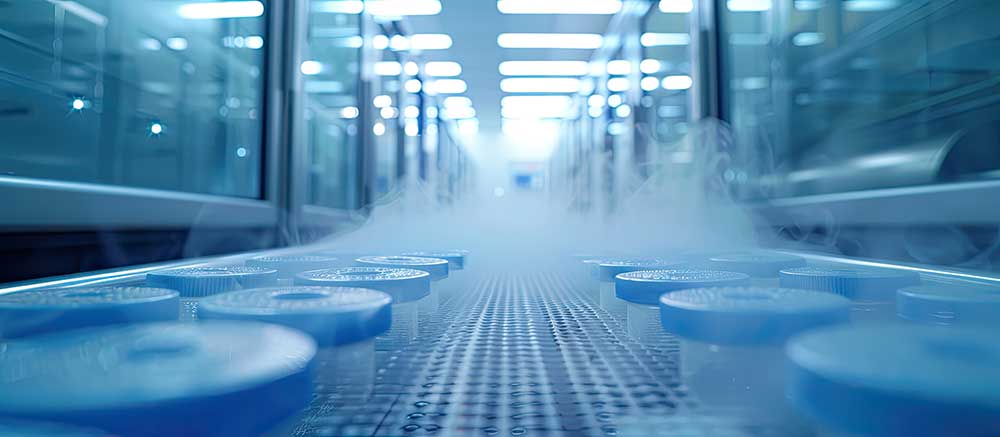Posts by Rachel Kohn
Ensuring Vaccine Potency with Proper Flu Vaccine Storage
A Comprehensive Guide to Analytical Balance Calibration
Ensuring Drug Safety and Efficacy: The Critical Role of Stability Chambers in Pharmaceutical Development
Stability tests are conducted in validated stability chambers for pharmaceutical (ICH), biological (BOD), scientific and laboratory applications. These tests, which subject the product samples to variations in temperature and humidity, are conducted during drug product development as well as once a candidate drug reaches use and are governed by current good manufacturing practices (cGMPs).
How to Prepare a Sample for Moisture Analysis
Portable Medical Refrigerators Ensure Medication Viability
Ultrasonic Cleaner Maintenance: 4 Key Tips
Vaccine Storage Guidelines 2024
Medical practitioners preparing for the 2024-25 flu season should review CDC’s 2024 Vaccine Storage and Handling Resources to be assured they are in compliance with vaccine storage guidelines that “help protect your patients, safeguard your vaccine supply, and avoid the unnecessary costs of revaccinating patients and replacing expensive vaccines.” These vaccine storage guidelines are a…
Ultrasonic Parts Cleaner Specification Tips
Preserving Enzyme Activity: The Crucial Role of Enzyme Storage Lab Freezers
DPF and EGR Filter Maintenance with Ultrasonic Cleaners
Diesel particulate and exhaust gas recirculation cooler filters lose efficiency over time. Indications include warning lights, increased fuel consumption, rough starts, stalling, and dark exhaust. Searching DPF and EGR cleaning yields many results on how owner-operators, fleet managers and maintenance shops deal with DPF and EGR cooler maintenance. Here is how an ultrasonic cleaner can extend DPF…


